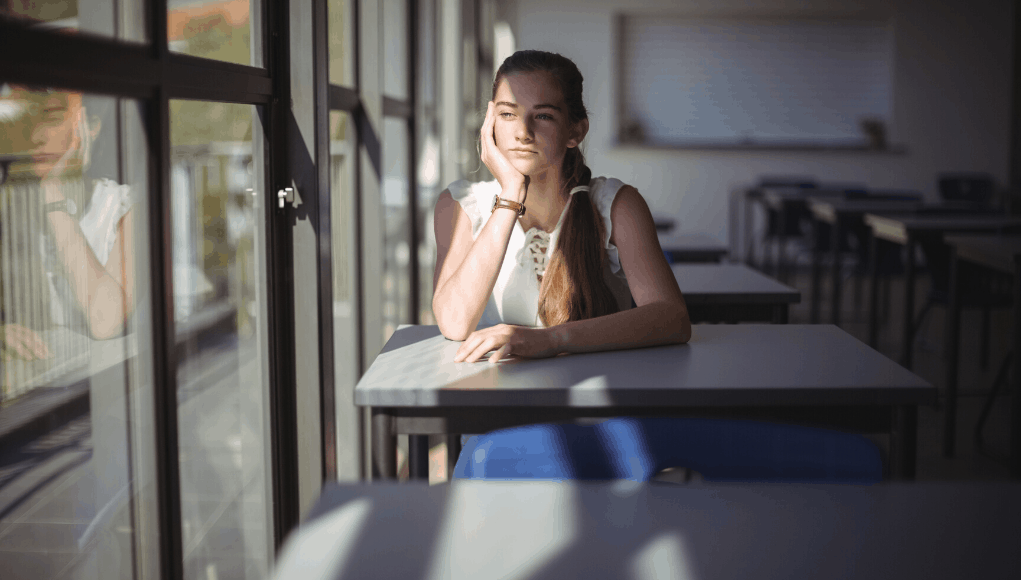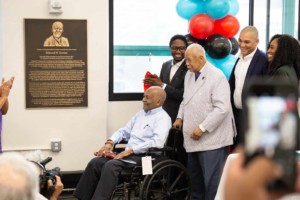Teaching in the Time of Fire

Snow days were an occasion for joy when I was a kid growing up in Boston. We were freed from the shackles of school and could romp outside, tossing snowballs at our enemies across the street.
50 years later I look out my window to see tiny flakes of white drifting slowly on the wind until they settle on my lawn, garden and car. These flakes are toxic, the product of wildfires that creep closer to my house each hour. We don’t have snow days in Northern California, we have fire days.
Our school is closed for the week; the air is dangerous to breathe and downed trees from a ferocious windstorm have damaged buildings.
The disruptions to the academic calendar are an annoyance and will occasion a longer school year unless the governor’s office forgives the lost instructional time. I am less concerned with a chaotic schedule than I am with the trauma that has gripped all my students.
Trauma-informed teaching is a popular topic at education conferences. We hear a litany of problems that impede learning, including gang violence, drug addiction, crime, poverty, hunger, broken families, structural racism, and unemployment. But fire-induced trauma is not selective – it is impacting hundreds of thousands of students across a broad geographic region. Not some of them – all of them.
A few schools in the region have responded by focusing on academic routines, providing a list of recommendations that are in part targeted on high school juniors getting ready to submit college applications. Students must maintain their studies even though the power is off, the wifi is down, and they do their work knowing the call to evacuate could come at any time.
Here are some of the recommendations:
- When you do have access to power and wifi, download materials and assignments posted to your school’s content management system (in our case, Google Classroom).
- Students should send messages to teachers to indicate that they will be submitting the work as soon as normalcy is restored.
- If you don’t have your textbooks, contact friends to see if they have a copy and take photos of the pertinent pages.
- Complete responses and other work offline and prepare to upload them as soon as power is restored.
These stopgap measures will be in place while the power is out and while school is closed. But what do we do when we return to the classroom from the long, unplanned break? How do we soothe traumatized students and bend them to the task of learning?
My lesson planning includes the following:
- We will spend the first day allowing students to voice their fears and concerns, supported by our overworked counselor, school psychologist, and wellness coach.
- We will pivot our geography work to focus on maps of our region, identifying fire hotspots, geographic chokepoints, and escape routes.
- We will relax the rules governing cell phone use – parents will be texting and calling their kids more frequently now to make sure they are safe.
- We will do some work on the functions of government, exploring which agencies are responsible for health and public safety. This includes a careful examination of the guidance our state is giving school superintendents on how to safely reopen schools.
- We will examine our school’s wildfire preparations per the advice dispensed by the Readiness for Emergency Management for Schools agency.
- We will leverage technology to understand how fire has historically shaped human activity and explore resources offered by such organizations as CalFire.
Most importantly, we will focus on the emotional and physical wellbeing of our students. My students are 11 years old. This is the third year in a row they have experienced evacuations, power outages, and school closures because of wildfires. This is normal for them, a fall tradition that now comes as regularly as Halloween.
Teaching preparation programs did not groom me for these new tasks. I turned outward for help, choosing the advice offered by the National Association of School Psychologists in their pamphlet Helping Children After a Wildfire: Tips for Parents and Teachers. I plan to adopt the following as part of a recovery program:
- Teachers should remain calm and reassuring, focusing less on destruction and more on collaborative community efforts to clean up and rebuild.
- Teachers should acknowledge and normalize students’ feelings, letting them know their reactions are normal and expected.
- Teachers should encourage students to talk about their wildfire-related experiences and provide activities that allow students to discuss their feelings in a safe environment.
- Teachers should promote coping and problem solving skills via activities that allow students to identify behaviors and responses that promote safety and health.
- Teachers should promote resiliency and make connections between problem-solving strategies students have used to cope with prior challenges.
- Teachers should make apparent the positive networks that students can rely on in times of need: church groups, sports teams, relatives, friends, families, peers, and teachers.
As I type these words I look out the window again, watching the wind whip the trees, featureless gray dominates the sky and the ever-present ash swirls in tiny eddies. I and my students return to school in a week. We will clean up our campus and we will rebuild a safe and healthy environment where all students can learn. I’ll let you know how it goes.
For more see:
- Trauma-Supported Education and Educator SEL Training Is Vital for the Classroom
- Addressing the Hidden Effects of Trauma in a School Community
- Podcast: Pamela Cantor, M.D.. on Childhood Development
Stay in-the-know with innovations in learning by signing up for the weekly Smart Update.
David will be chronicling his return to the classroom in a monthly series of blogs. Follow along.








0 Comments
Leave a Comment
Your email address will not be published. All fields are required.